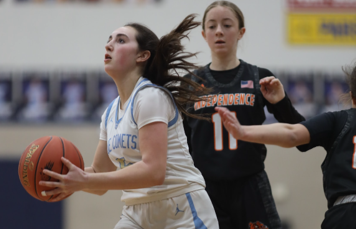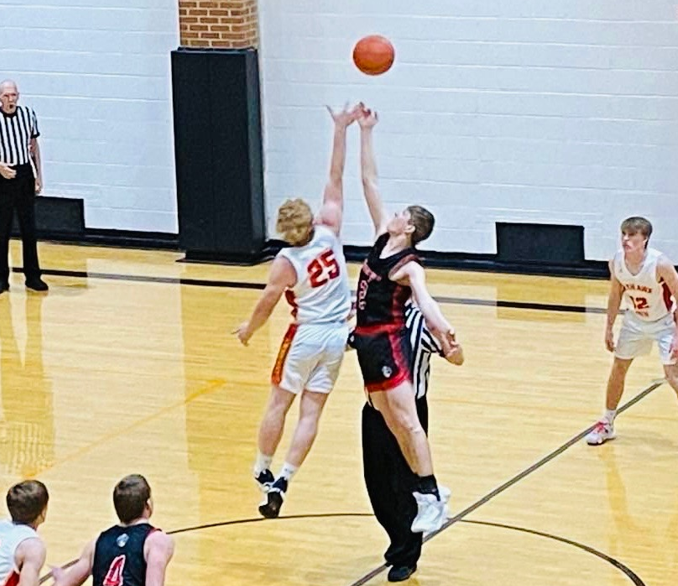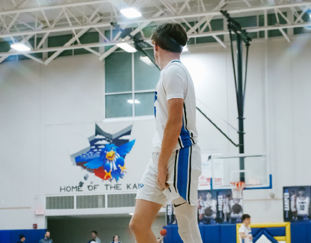Odds are someone in your life has grappled with knee pain, whether chronic or acute. If you’re an athlete or a sports fan, you are likely familiar with ACL (anterior cruciate ligament) tears. In fact, 314 ACL injuries occurred in the NFL during the 2015 to 2019 seasons. While knee pain can affect any age group, it is more prevalent among older adults; approximately 25% of adults over 45 frequently experience knee pain. Knee pain can be debilitating and may prevent you from performing daily activities, such as getting out of a chair. If you find yourself in this situation, it’s crucial to take proactive steps. We recommend scheduling an appointment with a physical therapist as soon as possible to assess the underlying cause of your pain. Early intervention can help you regain control of your health. Continue reading to learn more about knee pain symptoms, causes, and treatments.
Symptoms of Different Types of Knee Pain
The symptoms you experience will depend on the specific part of your knee
joint that is affected:
Anterior Knee Pain: Symptoms are felt on the front of the knee joint. Commonly felt during activities such as going down the stairs, running, and squatting. Often associated with conditions such as runner’s or jumper’s
knee.
Lateral Knee Pain: Symptoms are felt on the outside of the knee joint. Often present during activities that involve lateral movements such as sports. Lateral knee pain may also be worsened by pivoting motions.
Medial Knee Pain: Symptoms are felt on the inside of the knee joint. May be felt during squatting, pivoting, or jumping. Medial knee pain is also commonly felt during sports that involve a change of direction.
Pain Caused by a Ligament Tear: Pain may be felt in any area of the knee, depending on the ligament injured. Swelling is common and may result in a loss of knee range of motion. There may also be a loss in stability of the joint.
Pain caused by osteoarthritis: Pain is typically worse early in the morning or after periods of inactivity. Symptoms range from a loss in range of motion, to a dull ache, to occasional sharp sensations. Pain often improves after
activity.
Knee pain can be intermittent. Some individuals may only feel discomfort
while using the joint, such as when bending the knee to sit in a chair.
Causes of Knee Pain
Knee pain can arise from various factors.
Age-related: certain knee issues are more common in specific age groups. For instance, children may experience knee pain related to growing pains, fractures, or Osgood-Schlatter disease, an inflammatory condition caused by
overuse.
Activity-related: Athletes are particularly susceptible to ligament tears (e.g., ACL, PCL, LCL, MCL) during sports events, often due to collisions, overuse, or muscular imbalances.
Osteoarthritis-related: As the joint wears down over time, the lack of support can lead to pain as the bones in the knee become less aligned.
Physical Therapy Treatments Personalized to Your Knee Injury
Given the variety of knee injuries, it’s essential to create a personalized treatment plan with the help of a physical therapist (PT)—there is no onesize-fits-all solution. A treatment plan may include:
Education: Your physical therapist will educate you on the nature of your knee pathology and the expected rehab timeline. You will receive guidance on modifying daily activities to avoid aggravating your condition. Additionally,
your PT may provide tips on changing body mechanics and altering exercise routines to ensure you can still exercise without pain.
Pain management: Pain management techniques such as ice, heat, manual therapy, or dry needling may be utilized to reduce pain. Rest or modified activity may be recommended to support healing while preventing stiffness. Additional pain-relief strategies, such as taping or the use of braces, may be suggested for certain conditions.
Mobility exercises: Range-of-motion exercises may be given to help restore mobility and prevent stiffness. Stretching or banded joint mobilizations may also be introduced to increase flexibility. Your PT will adjust the intensity and volume of the exercises based on your progress and comfort.
Strengthening exercises: Strength training for the knee and surrounding joints will be introduced and progressed over time to work on joint stability. Resistance training may use free weights, bands, or machines. Additionally, a
home exercise program will be prescribed to supplement PT sessions.
Manual therapy: Techniques such as soft tissue mobilization, joint mobilizations, or dry needling may used. These techniques aim to reduce pain and restore range of motion. As your knee improves over time, manual therapy may be reduced as your volume of exercise is increased.
Don’t let knee pain hinder your daily activities. If you recognize symptoms of discomfort, remember that you are not alone—seek help now. Early intervention is key to effectively addressing knee pain. Identifying and discussing your symptoms with a physical therapist can lead to a better understanding of your condition and relief from your pain. Whether you are dealing with chronic knee pain or occasional discomfort, it is essential to receive treatment from a qualified physical therapist for adequate recovery. Regular sessions can significantly enhance mobility, reduce pain, and improve overall quality of life. Take the first step toward recovery by finding a physical therapy location near you. You have a support system ready to assist you.












